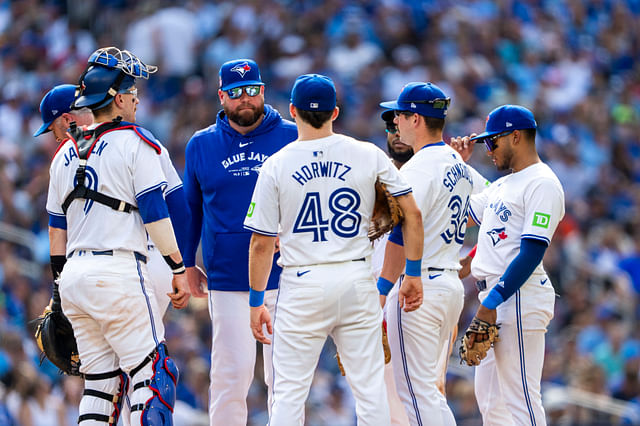Okay, so I was messing around with some baseball stuff the other day, and I stumbled onto this thing called MVR. It stands for Mound Visits Remaining, which, honestly, sounded pretty boring at first. But the more I dug into it, the more I realized it’s actually a pretty big deal in how baseball games play out. So, I figured I’d share what I found out, ’cause it’s kinda changed how I watch games now.
What’s the Deal with MVR?
So, MVR, or Mound Visits Remaining, is basically a rule that says how many times a team’s coaching staff can go out to the mound to chat with the pitcher during a game. At first, I was like, “Why is this even a rule?” But it turns out, it’s all about keeping the game moving and stopping teams from stalling all the time. Before this rule, coaches could just stroll out to the mound whenever they felt like it, and it could really drag things out.

I started digging into how this rule works. Apparently, each team gets a certain number of mound visits per game. And get this, a “mound visit” counts as any time a coach, a manager, or even a player goes out to the mound to talk to the pitcher. It’s not just about strategy talks, even a quick “You got this!” can count as a visit.
Now, here’s where it gets interesting. If a team uses up all their mound visits, and they try to go out again, there are penalties. I found out that if they make an illegal mound visit they’ll have to switch the pitcher. It’s like a forced substitution. That’s a pretty big deal, especially late in a close game. I started to see why this rule is so important. It’s not just about the number of visits, it’s about managing those visits carefully because they can really affect the outcome of the game.
Getting Down to Brass Tacks
I spent a good chunk of time just watching games and paying attention to the mound visits. It was kinda like a game within a game. I’d watch the coaches, trying to guess when they’d use a visit and when they’d hold back. There’s a whole lot of strategy involved, like saving visits for crucial moments or using them early to settle down a struggling pitcher.
I also started noticing how the MVR rule affects the pace of the game. With fewer visits, the games seem to flow better. There are fewer interruptions, and the action keeps moving. It’s like the rule forces teams to be more decisive and less reliant on constantly huddling up on the mound.
Why Should You Care?
At first, I thought this MVR thing was just some obscure rule that only hardcore baseball fans cared about. But the more I learned, the more I realized it’s something that every fan should at least be aware of. It adds a whole new layer to watching baseball.
Here’s the bottom line:
- It makes the games more exciting. Knowing that a team is down to their last mound visit adds a ton of tension. Every pitch feels more important when you know a coaching change might be forced.
- It’s all about strategy. Just like a chess game, coaches have to think several moves ahead. They have to weigh the risks and rewards of each mound visit, knowing that it could come back to bite them later.
- It changes how you watch the game. Once you understand MVR, you start to see the game in a whole new light. You’re not just watching the players, you’re also watching the coaches and their decision-making.
So, there you have it. That’s my deep dive into the world of MVR. It might seem like a small thing, but it’s a rule that has a big impact on the great game of baseball. Trust me, once you start paying attention to it, you’ll never watch a game the same way again.


















